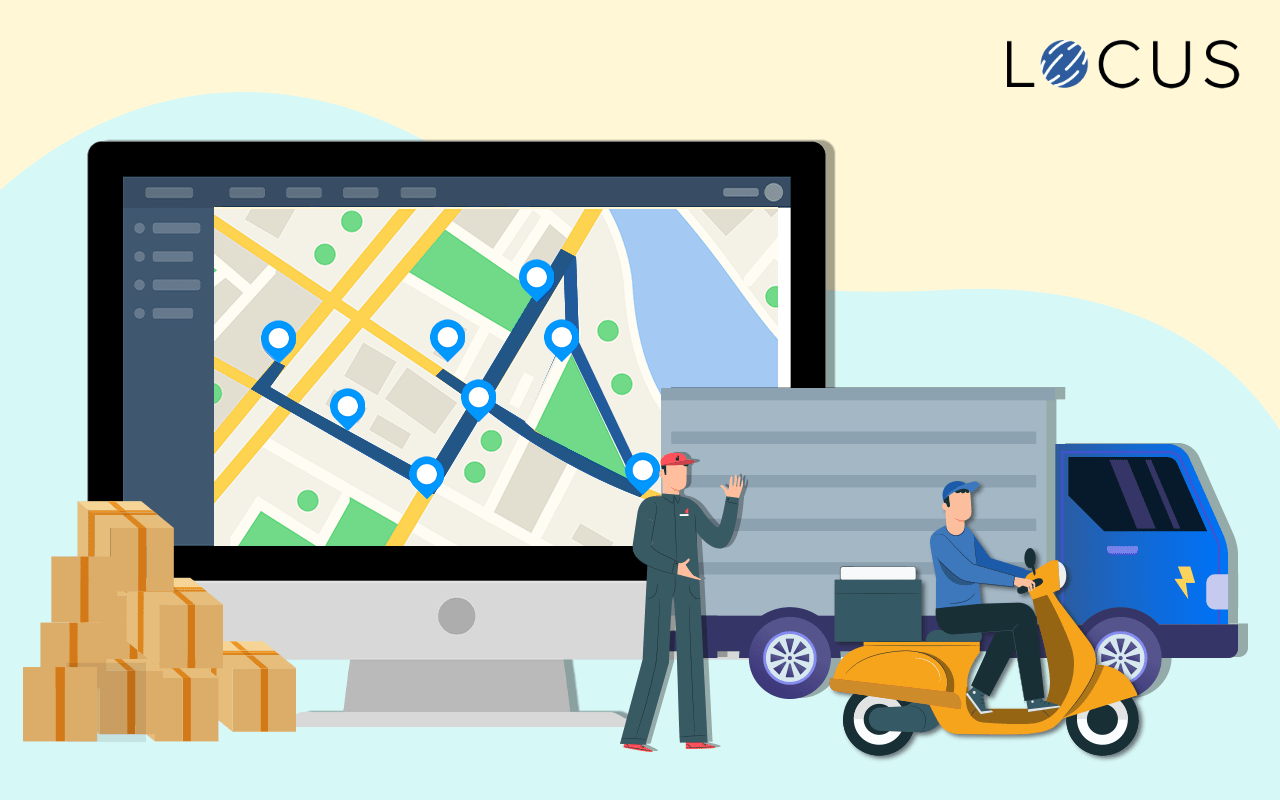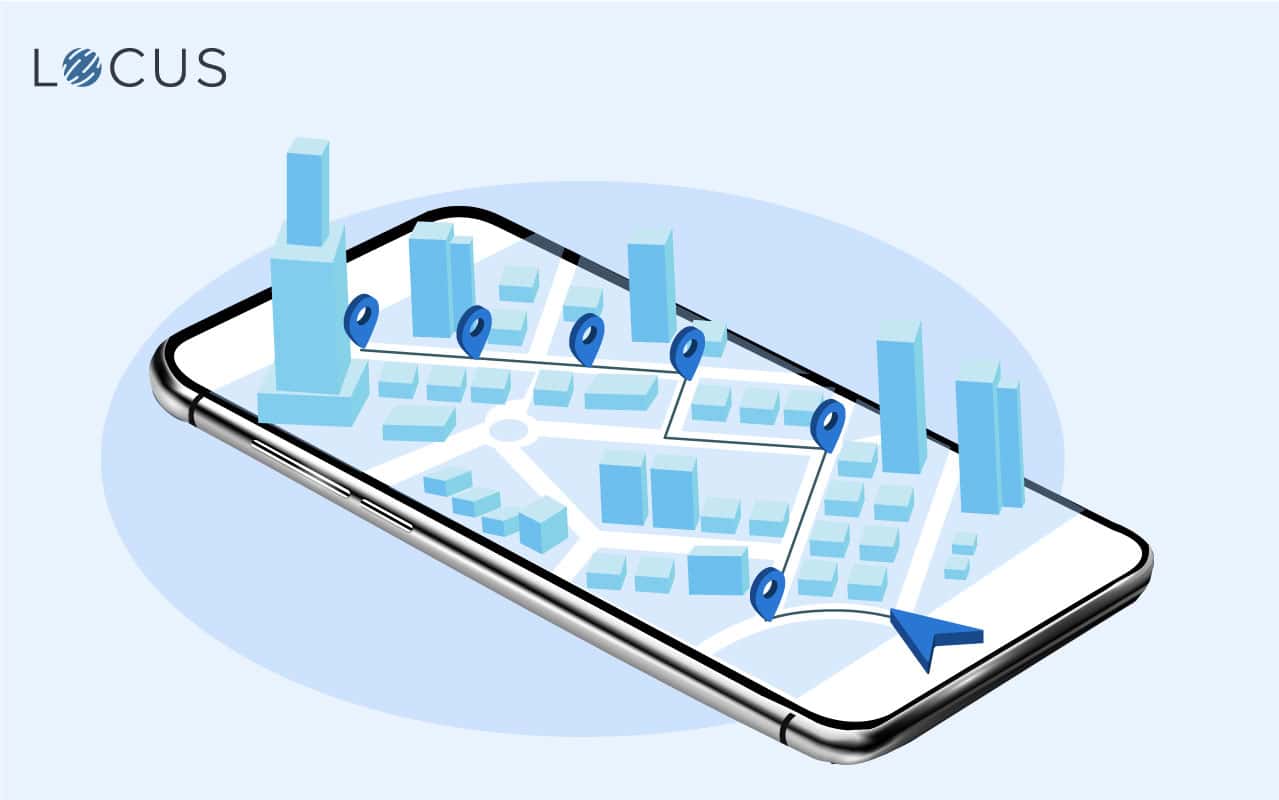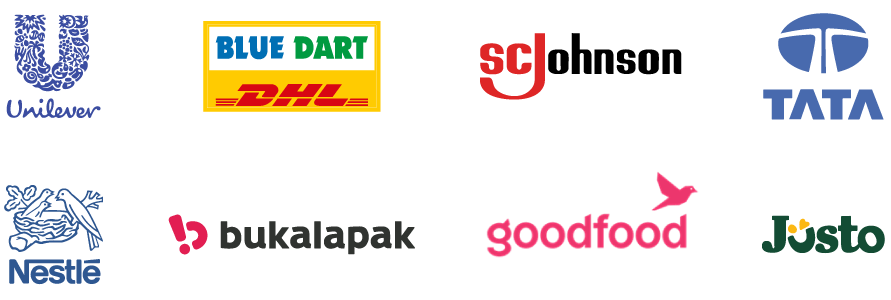The process of importing a list of orders and putting relevant destinations into an order that makes sense is known as route planning. Software that does route planning charts out a path that covers every one of the stops listed in the shortest possible time.
| Route Planning Software | Route optimization software |
|---|---|
| Helps businesses complete a delivery route in the most logical manner | Makes use of complex algorithms to create different route variations and route plans |
| Generates the routes that cover shortest distance without considering other factors. | More than distance, it uses different parameters like traffic conditions, delivery time windows and vehicle capacity and so on to generate the optimal routes |
| With maximum efficiency planned by fleet managers, customers can quickly receive the deliveries. | Enables customers to select their preferred time slots during checkout. |
| Does not factor the intricacies of dynamic routes and events that impact a driver's productivity. | Takes into account of various factors like driving time, break hours, time under the roof, idle time, and all other real-world constraints that affect driver productivity. |
Planning your routes with pen and paper makes your route management expensive and puts your business under a huge risk. Route planning helps businesses to:
There are six types of route planning based on the workflows it serves. Each of these types helps businesses plan routes to meet their varied needs. These types of route planning are:
| Static routes | Dynamic routes |
|---|---|
| Pre-planned routes where stops remain the same | Routes that factor new changes made in already planned delivery schedule |
| There is no possibility of incorporating last-minute changes as drivers rely on the same schedule | More suitable for factoring in the last-minute changes |
| Higher likelihood to have communication gaps | Communication gaps are a rare occurrence |
Businesses plan delivery routes using four different methods. They are:
To get the shipments on time, businesses must get their route planning right. The key factors accounted in when planning routes are:
| Daily Route Planning | Strategic Route Planning |
|---|---|
| Territories, routes, strategies and policies are already defined. | All practices, policies, capacity etc are fixed to see what combination fulfills the demand |
| It majorly suits static route plans | This suits both static and dynamic route plans |
| Generates routes based on orders to be delivered during the same-day, next day or several days | Generates route plans based on the cost, capacity, frequency, and various other factors |
When businesses set out to plan routes manually or using maps, manual intervention generates inefficient routes. This results in a lot of time taken to explain the delivery schedules and routes to the on-ground staff. So, it is necessary to invest in a tool that eliminates this manual intervention and maximizes efficiency in routes. One such tool is the Locus’ route planning software.
With Locus’ AI-backed intelligent route planning, businesses can effectively allocate tasks and plan daily routes. Using its advanced route planning capabilities, businesses can minimize the transit distance, cost, and duration of deliveries. Overall, it enables businesses to eliminate inefficiencies in current route planning capabilities and optimize them.



How can Locus help manage your logistics?
Join Industry Leaders:


